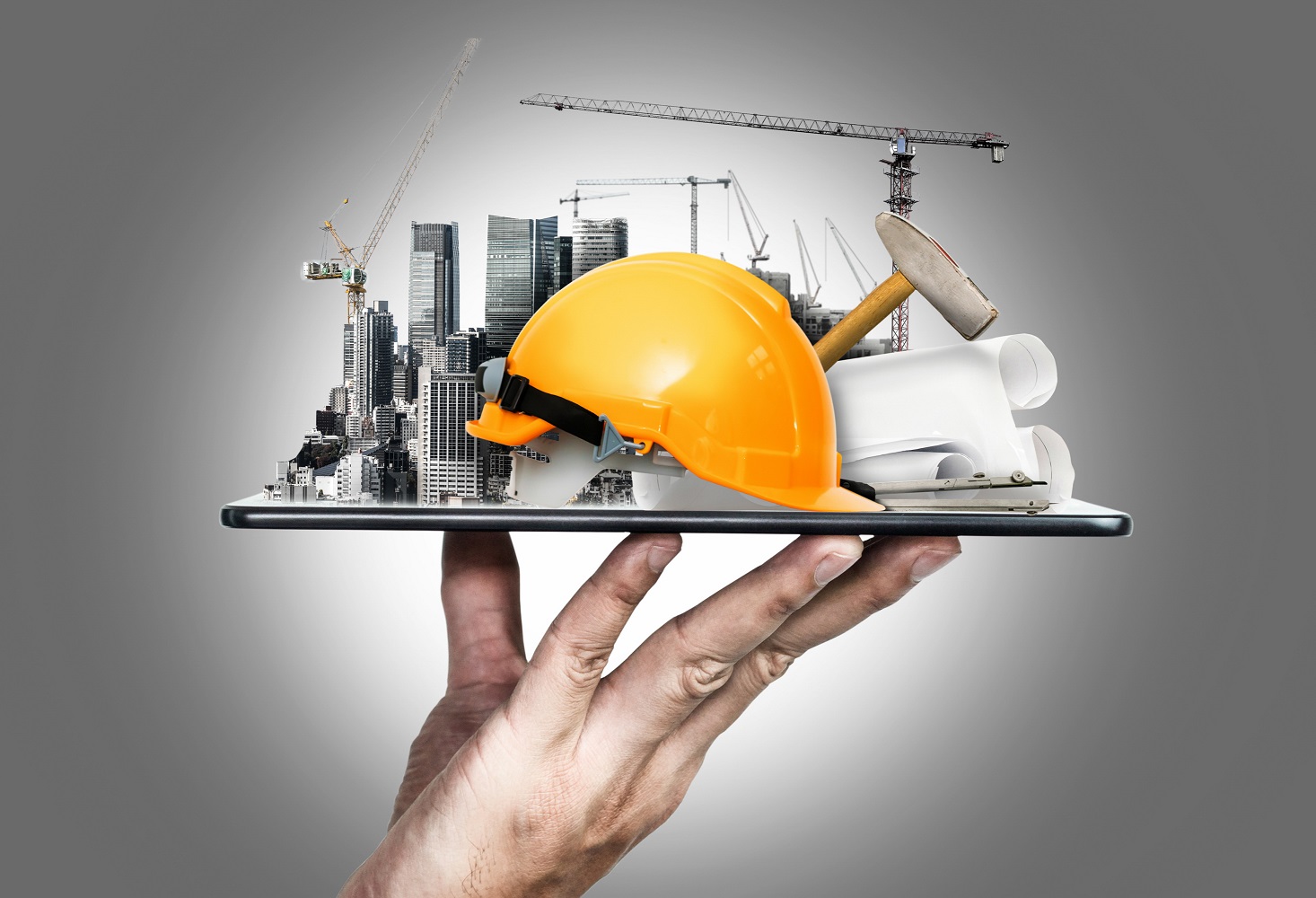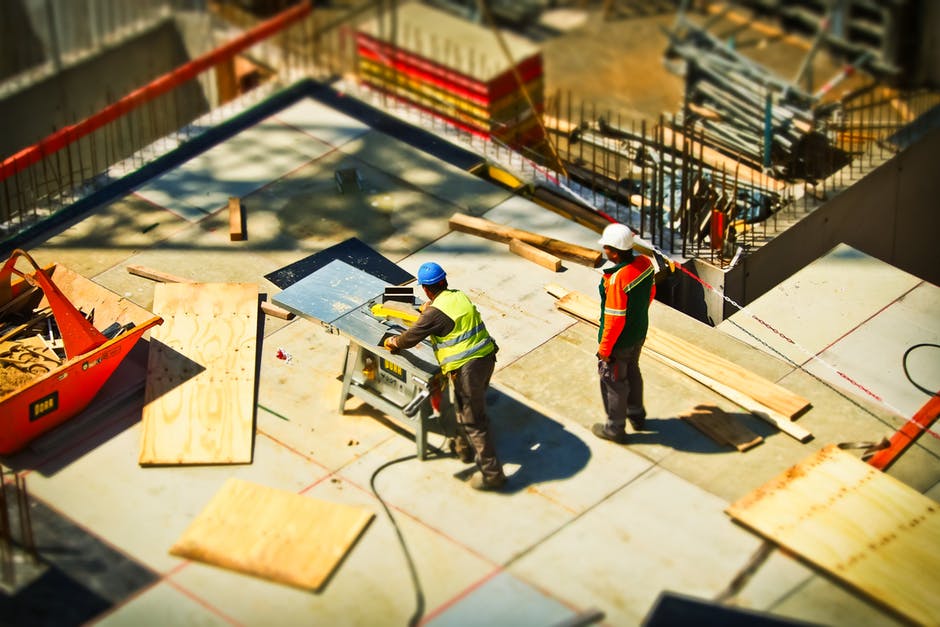Construction is one of the main sectors in the world in terms of value, but it’s even bigger in terms of its impact on people’s lives. Construction owns how people live and work…. People live and work in buildings – basically, the output of the construction industry surrounds every single individual at almost all times. Now, 2020 that just walked off was an unusual year; and while it is gone, we are keen on understanding what the near future may hold and how it may impact construction industry performance.
The Coronavirus outbreak altered the way people worked and communicated with each other. Business activities couldn’t stop, but with readjustments, things kept moving and are still moving in the same way….This is exactly why understanding what 2021 has in store for the construction industry is important.
Building on this, today we will look upon the 7 most eye-catching construction trends in 2021.
7 Construction Trends You Need To Look Out For
Looking forward, here are the 7 key construction trends 2021 will bring.
1. Enhanced Safety
Safety has always been a concern in the construction industry. But in the Covid-19 environment, it has risen to #1 on the list. The need of the hour is to ensure adjustments that will mitigate/eliminate the spread of disease. This will include an increased focus on the separation of workers and strict equipment and cleanliness protocols.
Now the challenge – Separation for that matter is particularly a difficult thing to achieve on a construction site; this is because teamwork and cooperation is a norm followed at the job site for like forever. Again, smaller groups and the use of staggered shifts can help in keeping job sites less crowded.
Enhanced safety protocols would include expected things – these would include hand sanitizers and masks. The passing around of construction tools, sharing of hard hats, and gloves will be strictly prohibited.
2. Increase Use Of Remote Technologies And Digital Investments
Today most of the commercial job sites employ ‘Drones’ and the construction industry is one of the fastest-growing adopters of commercial drones (Source – DroneDeploy). By staring down at a construction site from above, contractors find invaluable information. Safety issues can be are rapidly exposed, quantities of materials on site can be accurately assessed, and orthomosaic maps can be created making even the largest job site visible as a whole. Ultimately, substantial financial savings are achievable.
That was just about the Drones, as technology becomes simple to use, it is being rapidly adopted in large-scale work, with inroads now being made even on smaller jobs. The issue is that to date only a tiny part of the construction industry has successfully adopted digitization while others are lagging behind. Digital investments are huge; hence it is important for companies in this industry to ensure that these investments deliver value and return on investment. Whatever be the case, 2021 would see more digital investments and increase the use of remote technologies at the site.
3. Modular and Offsite Construction
Modular and prefab construction is in the mid of a multi-year boom that is not showing any signs of fading or slowing down. Modular construction and pre-fab building are expected to see a huge boost in interest in the post-pandemic era. Both the manufacturing process and the result are perfectly suited for the times.
New technology also enables these prefab and modular buildings to grow larger than ever before. The 21-story CitizenM Bowery Hotel, opened in downtown Manhattan in 2019, is now the tallest modular construction project in the United States. Many major international builders say they plan to pare down their on-site construction activity to just 25 percent by 2025 in favor of prefab construction. This is because modular projects offer the ability to better regulate employee safety in climate-controlled, ventilated environments, making them ideal for social distancing requirements applied in locales everywhere.
4. Construction Management Software
Comprehensive construction management software is a dynamic tool for remaining competitive, building a valuable business, and mastering operational efficiency. While each software service differs little in terms of its offerings and features, the best tackle end-to-end needs from RFIs to compiling data, sharing files with mobile teams, budgeting, document storage, payroll and HR, and inventory monitoring. Some of the top reviewed construction management software solutions for 2021 include:
- Procore
- CoConstruct
- Buildertrend
- ProjectSight
- RedTeam
- Quick Base
Choosing the right construction management software is important for your firm.
5. The Rise Of Connected/Smart Cities
The Journal of Urban Technology defines smart cities as “ http://yookyoungyong.com/20180905_103832-2/ high-tech intensive” urban developments that can connect people, data, and other city elements that positively impact the Quality of Life of the people, its Economic condition, and fosters Eco-friendliness.
As smart cities become increasingly common, the nature of construction projects will, in turn, be more complex. From Wi-Fi enabled lighting to pedestrian sensors smart cities will require the construction companies to increase their technical know-how.
6. Design Technology: BIM
Design technology has already gained a lot of popularity before the pandemic, and there is simply no disruption ahead. The potential of constructing the building in virtual space before constructing it in real life is just too great to be ignored by architects, designers, or contractors.
For Architects, Building Information Modeling (BIM) has taken over the industry, replacing CAD as quickly as CAD replaced pencils. Programs like industry leader REVIT are not just drafting programs, they’re a fundamental re-thinking of the design and production process.
In fact, there are no drawings at all in BIM, only a model of the building in virtual space that you take images of to make the drawing set. It allows the designer to actually construct the building in the virtual world as a practice runs for it being built in the real world.
7. Green Building – The Expected Standard
Green building is now the expected standard for homebuyers, renters, and commercial tenants. Sadly, most of the eco-friendly and sustainable features remain a luxury, but this will change over the next decade as sustainable construction becomes more mainstream.
As per the U.S. Energy Information Administration, renewable energy sources captured 11 percent of the energy market in the year 2019 and are only expected to grow as accessibility increases. That is a big market, given buildings are still responsible for 40 percent of U.S. energy consumption and 30 percent of greenhouse gas emissions.
Green construction includes both the technology to lower a building’s carbon footprint and the use of resources and building models to reduce the use of resources. Perhaps an even greater driver of green building is proof of its value for occupants – This is expected to grow further and take a more commonplace.
2020 was an anomaly for statistics in the construction industry, but looking forward, the outlook is largely positive.
buy priligy tablets Curated by a building expert from Wienerberger India








